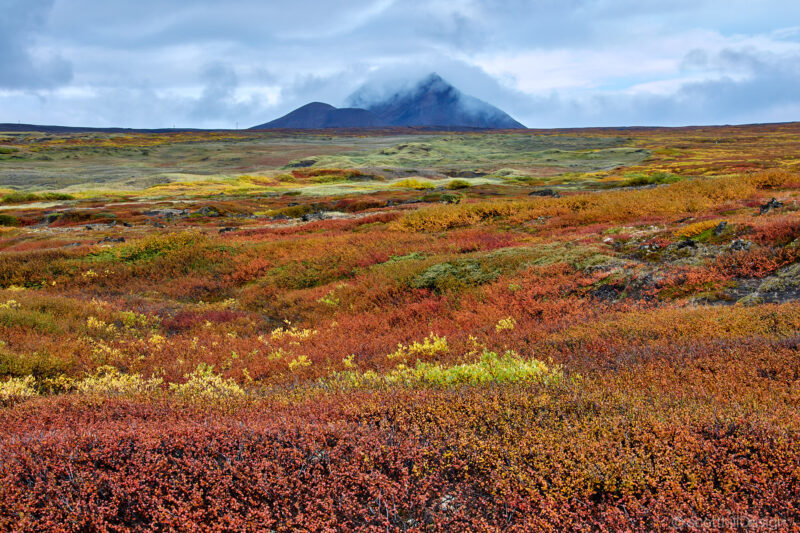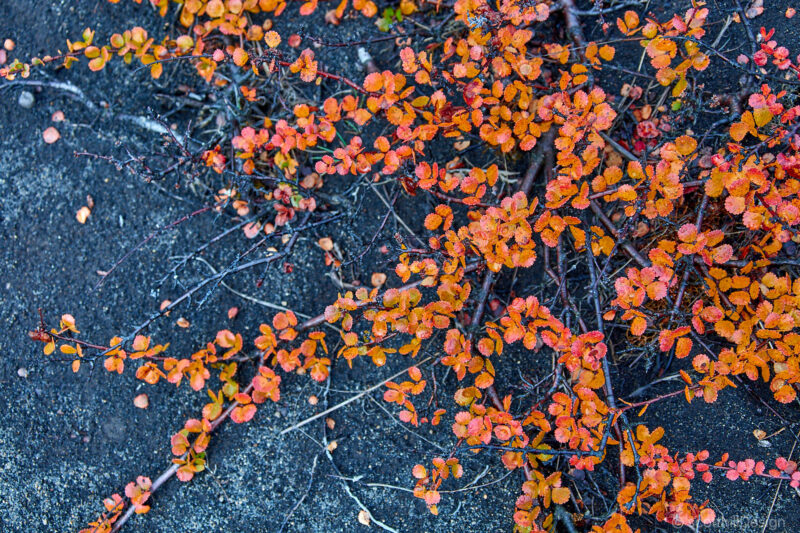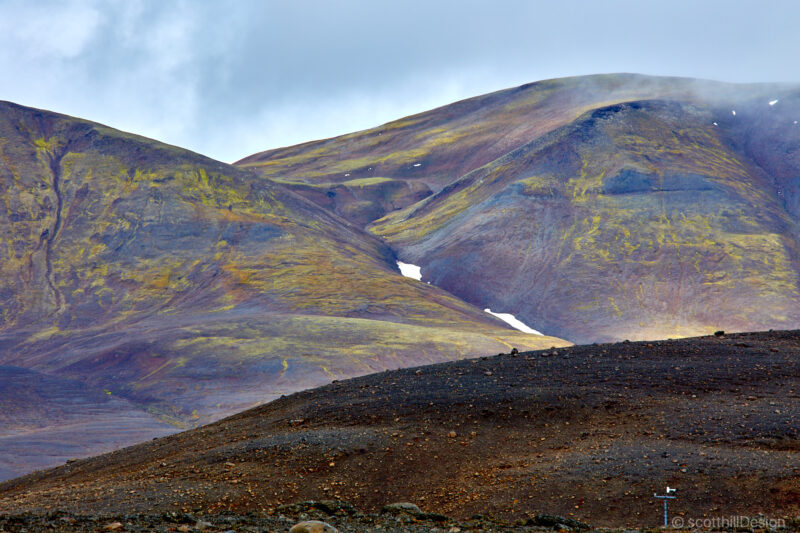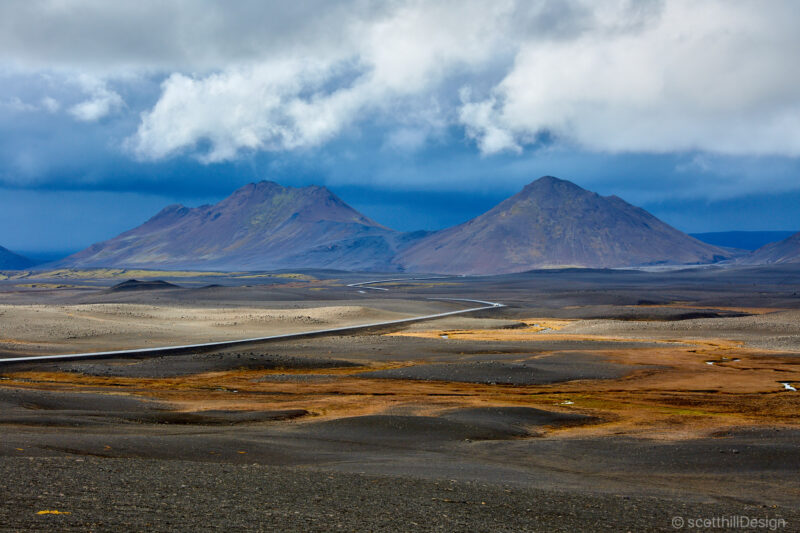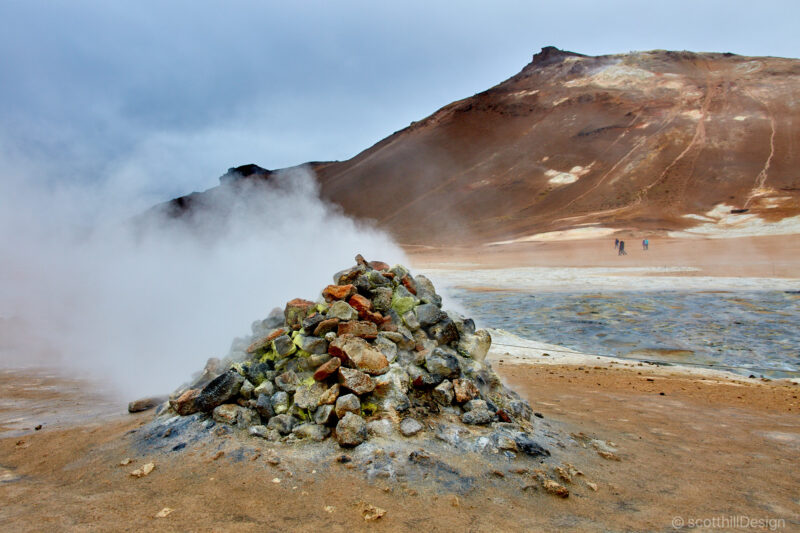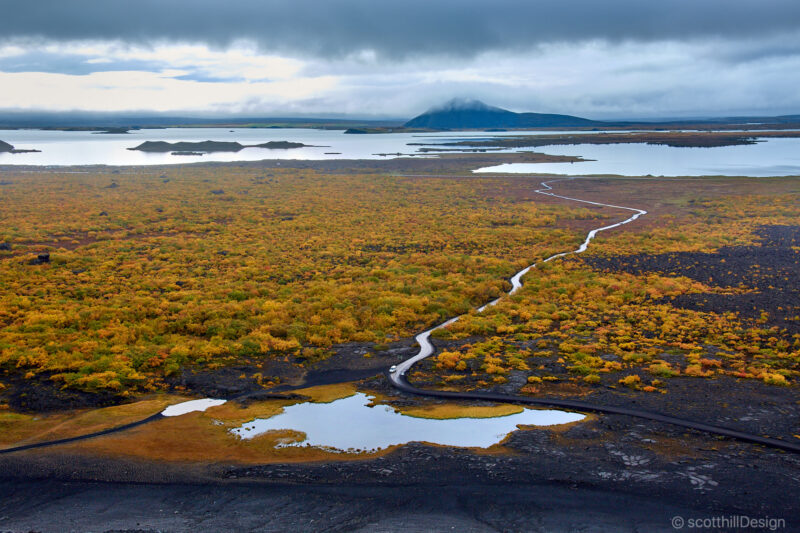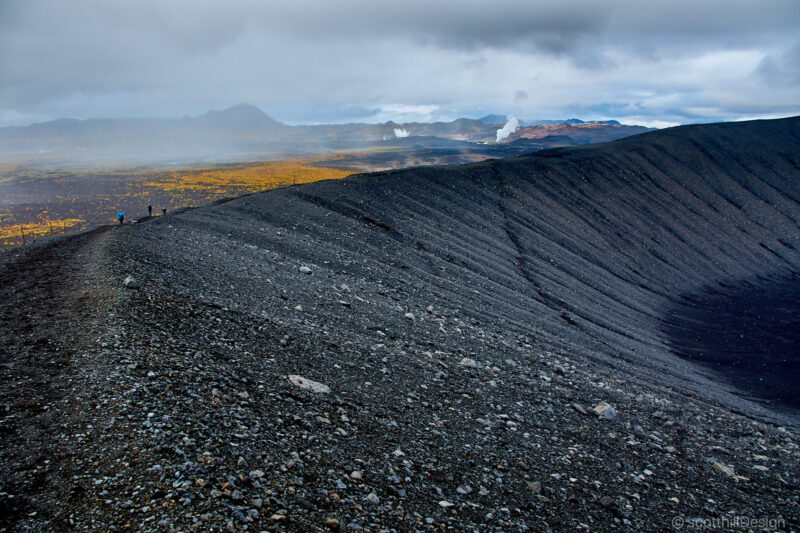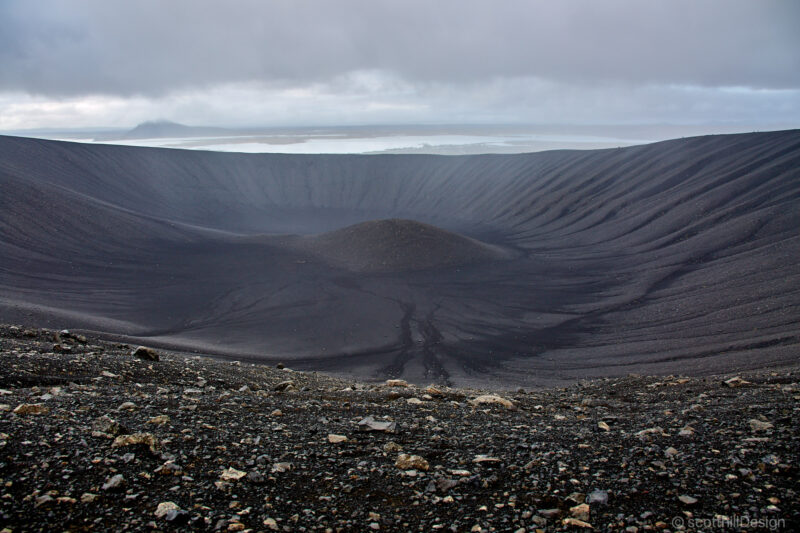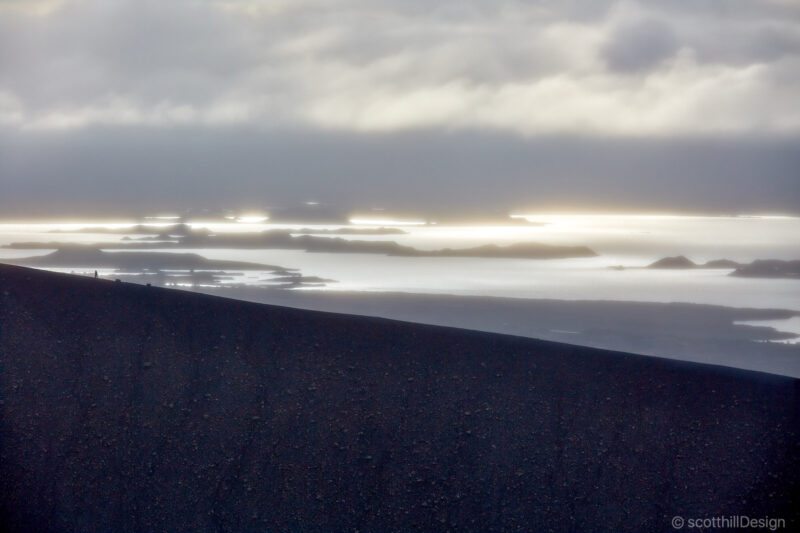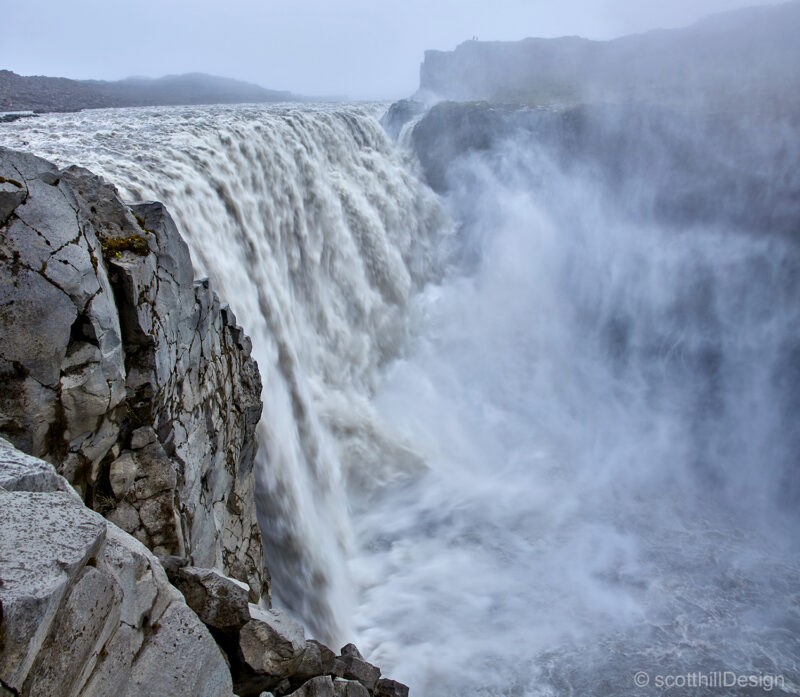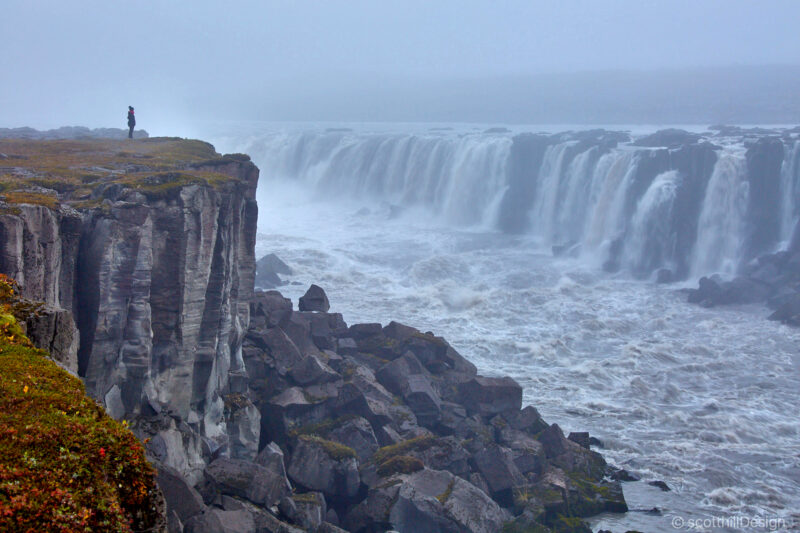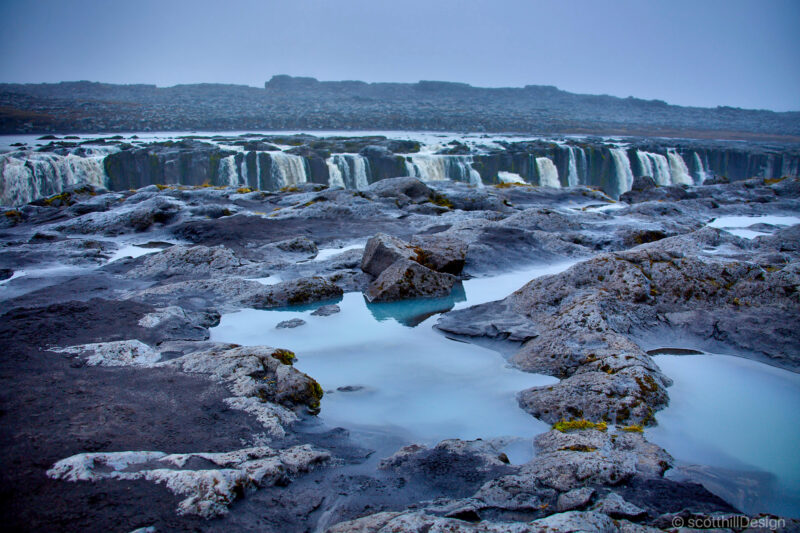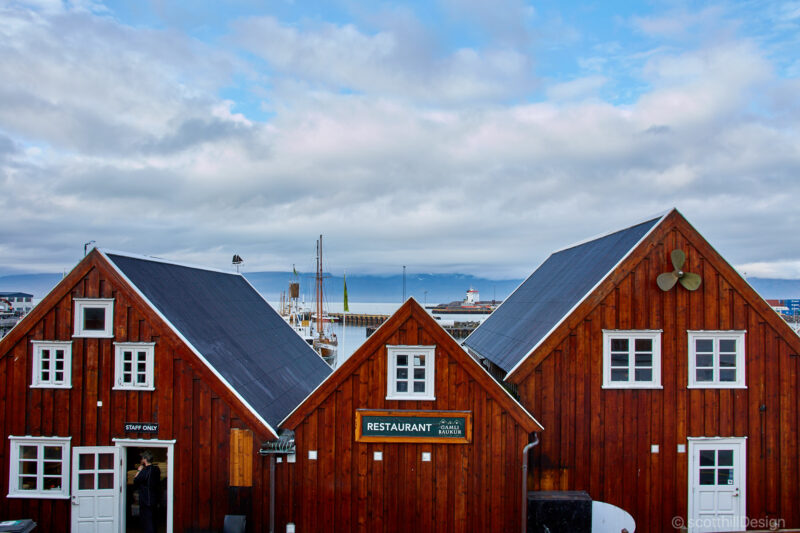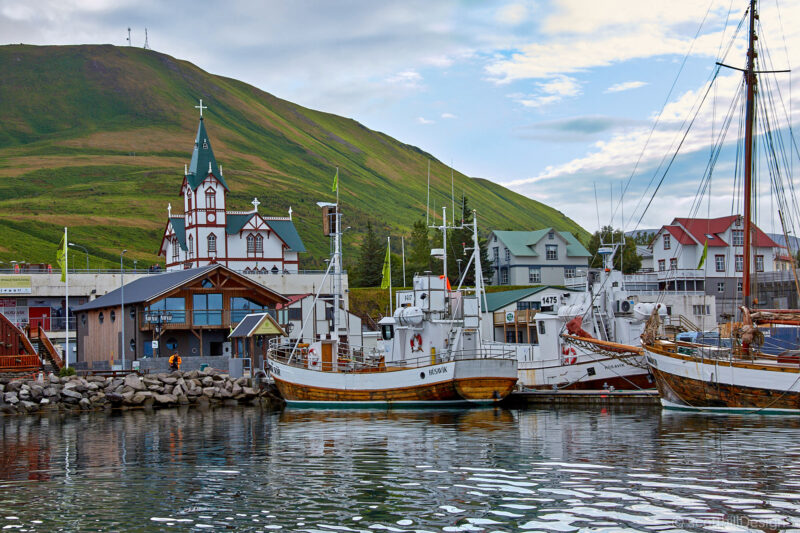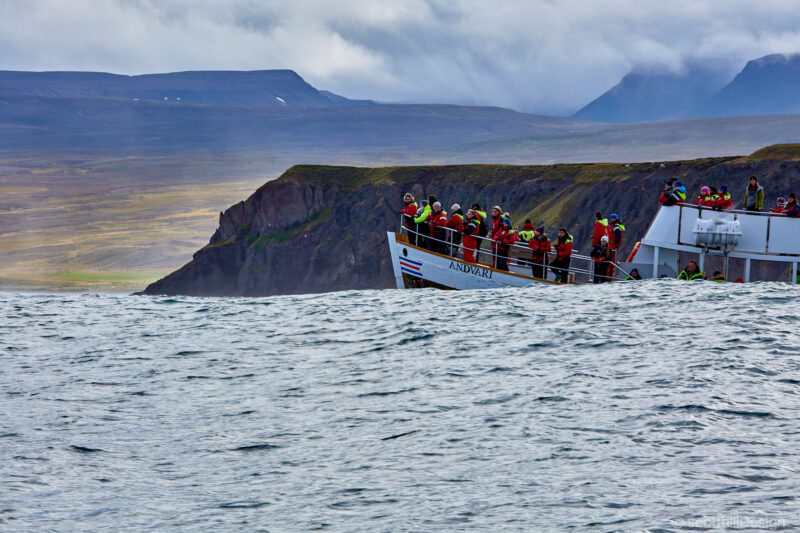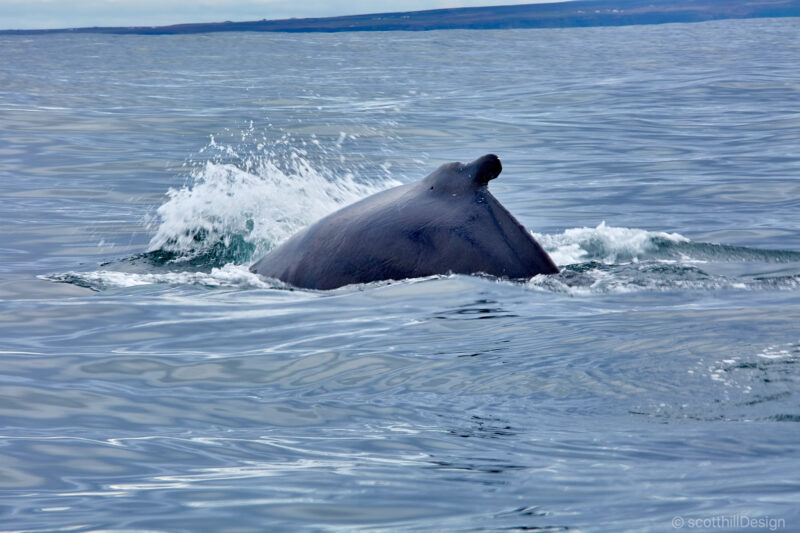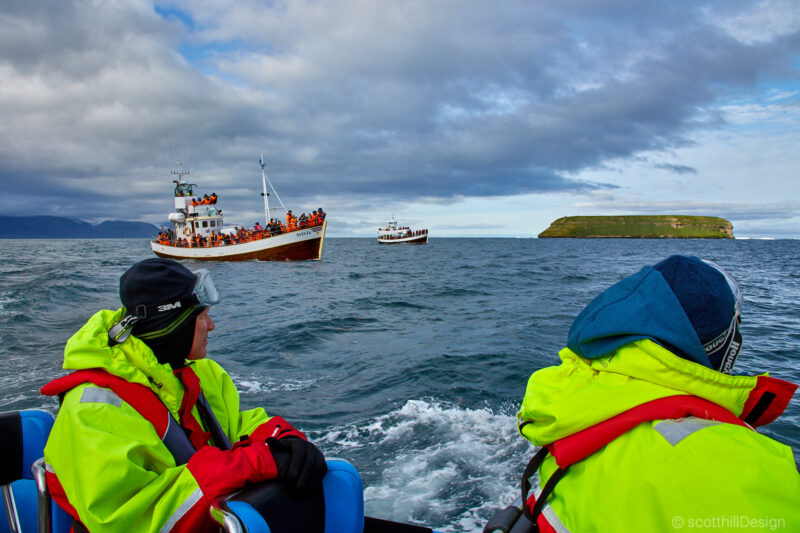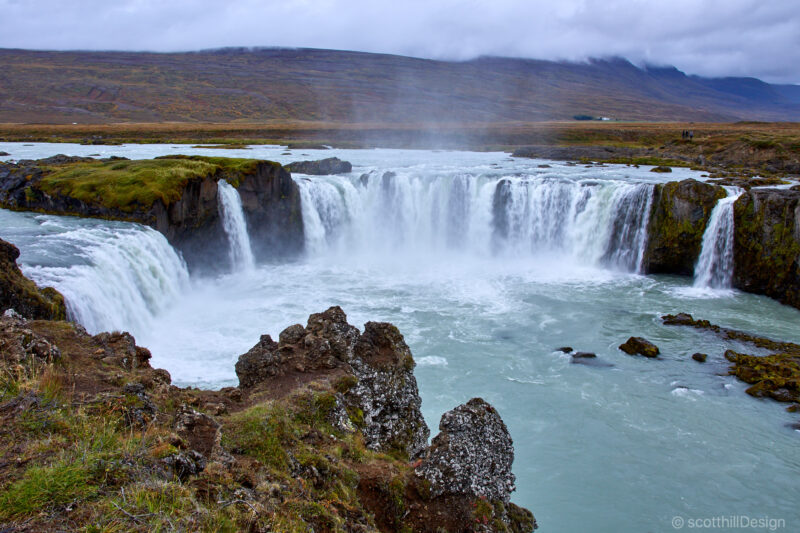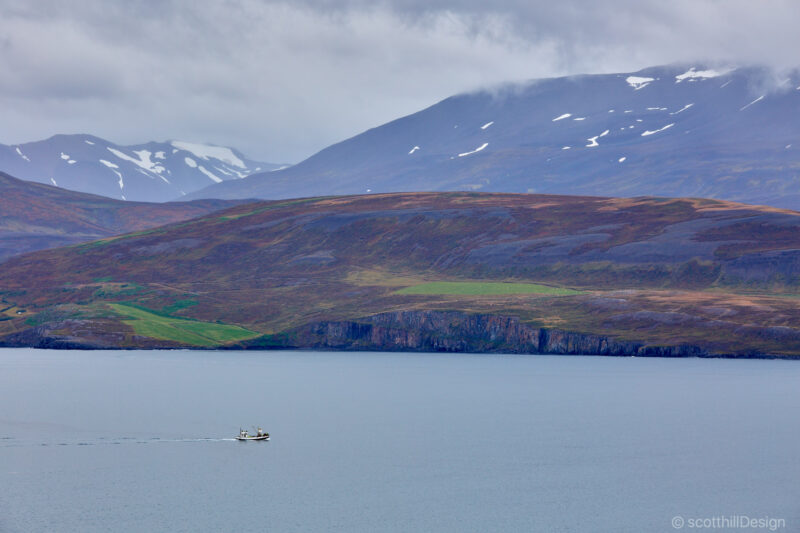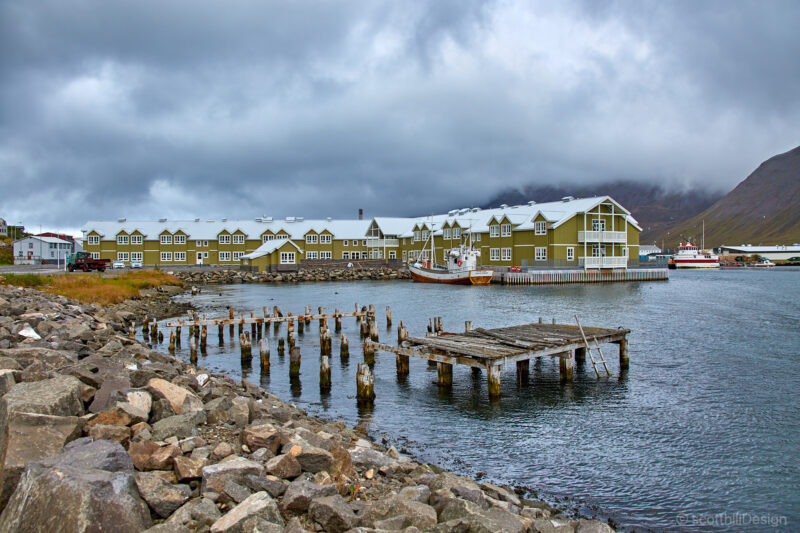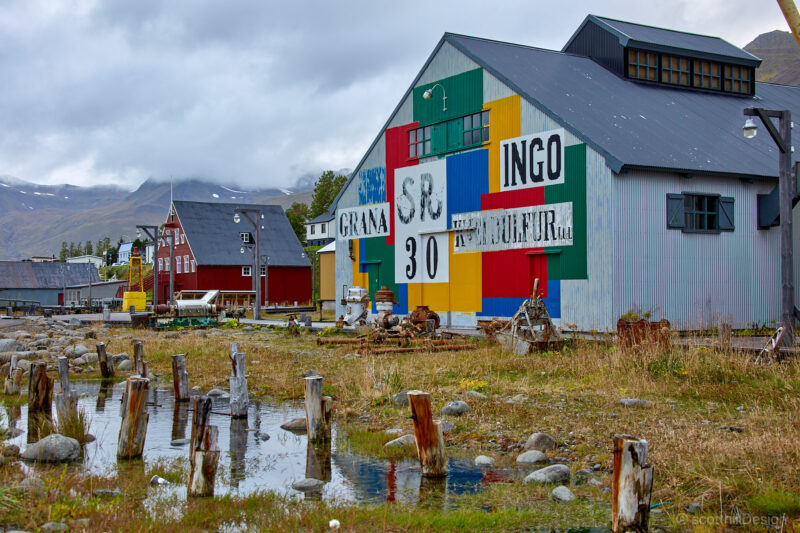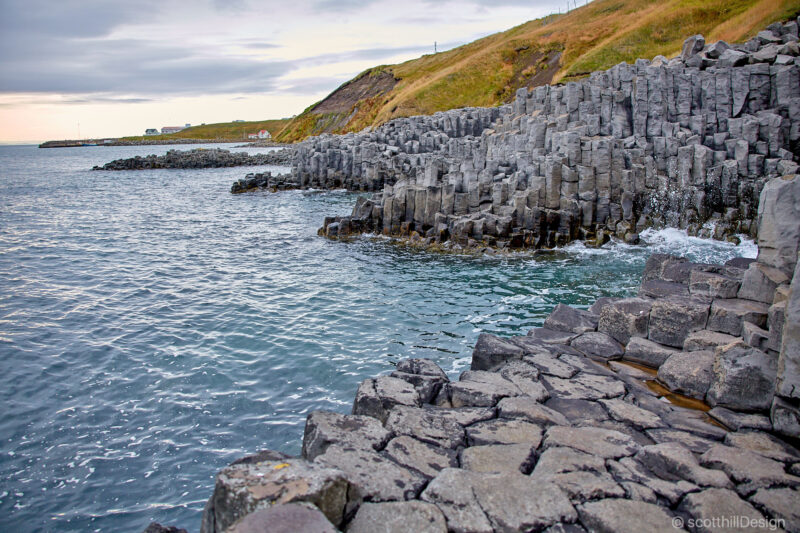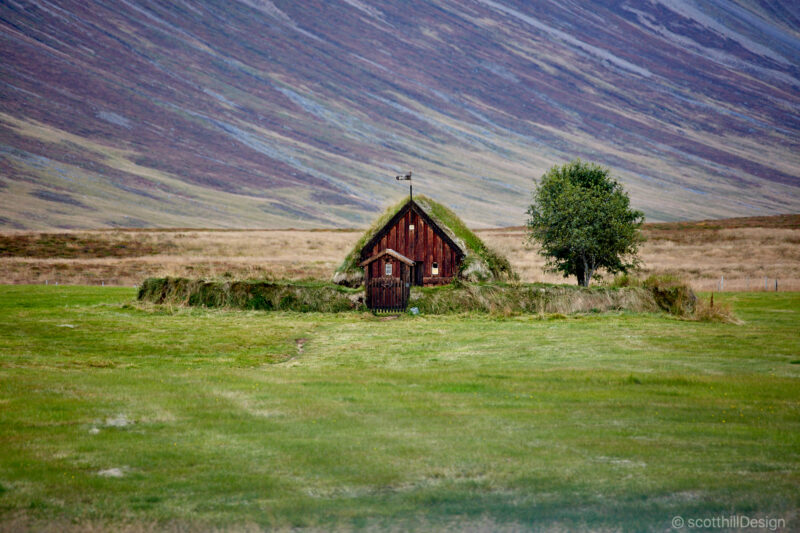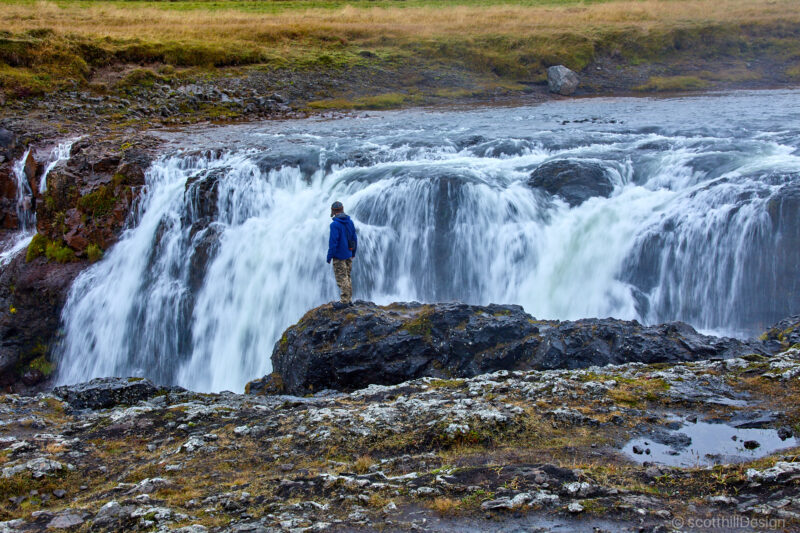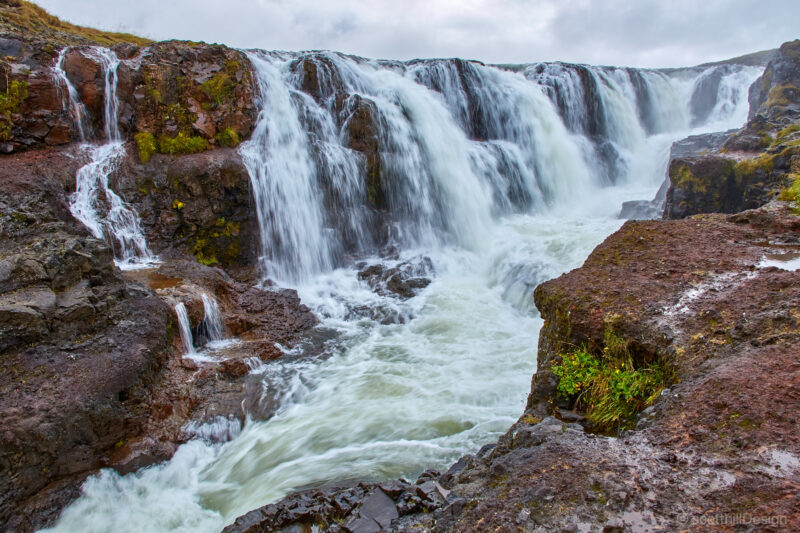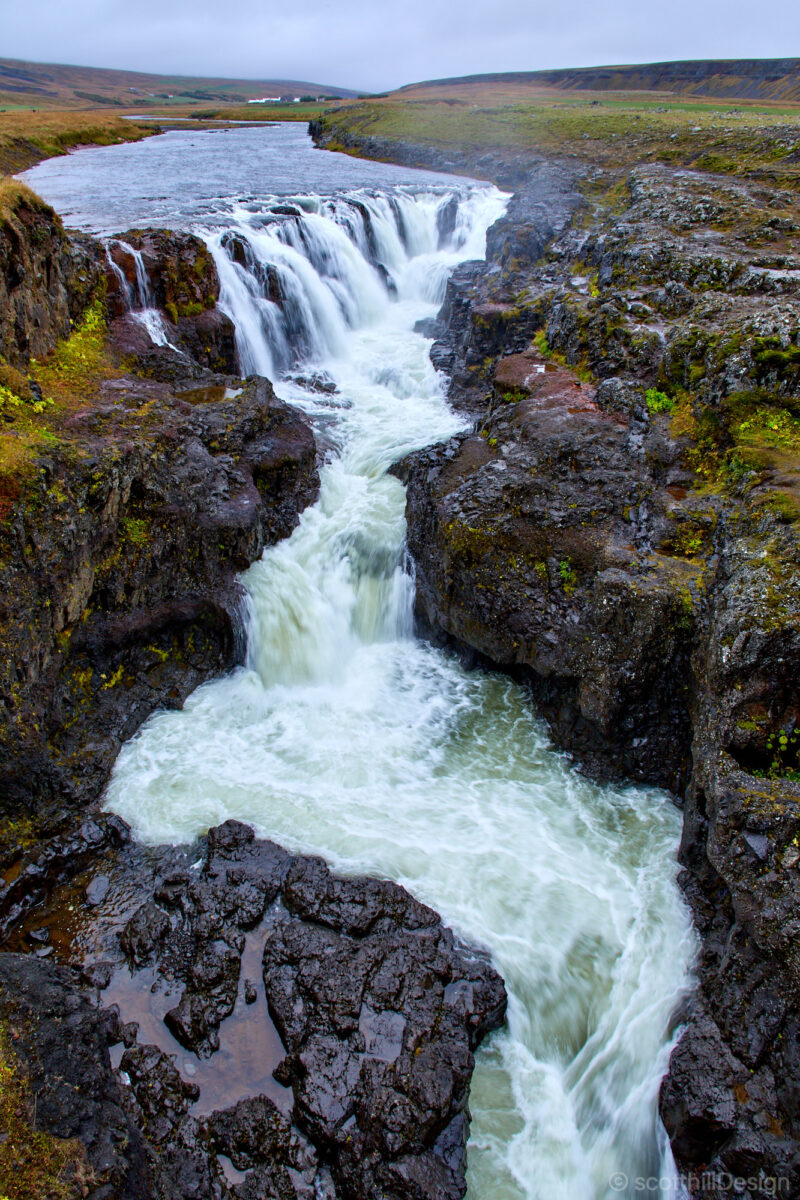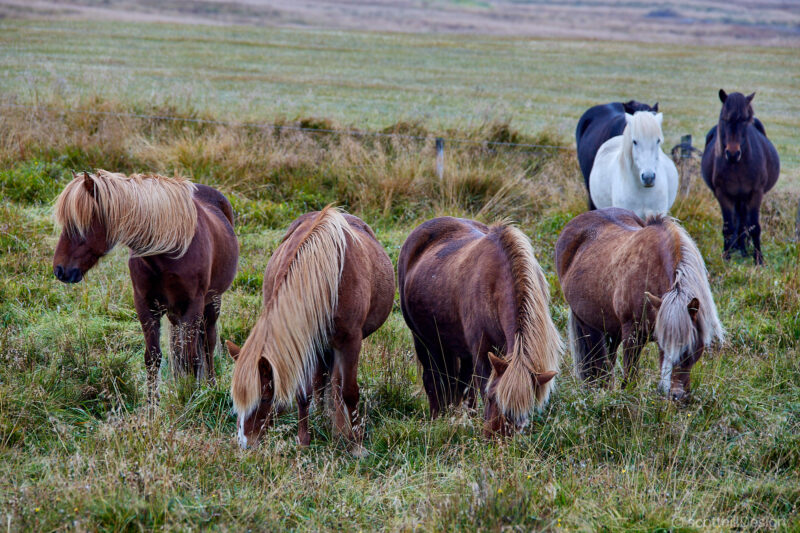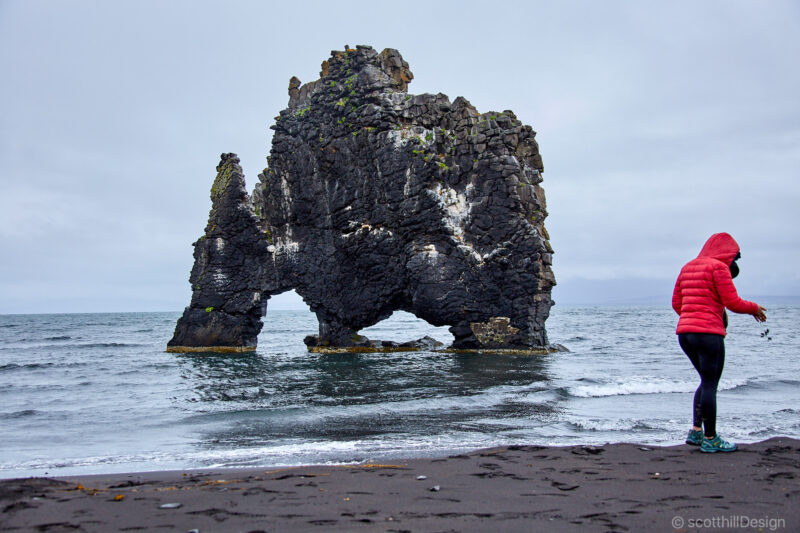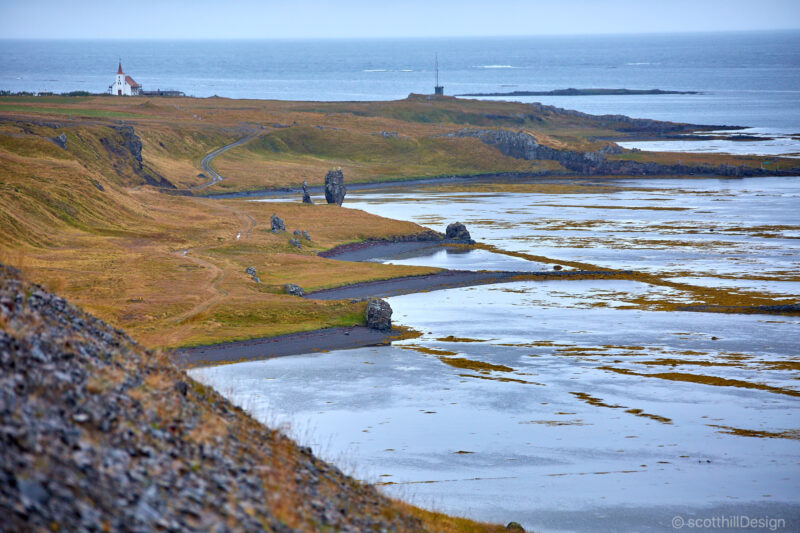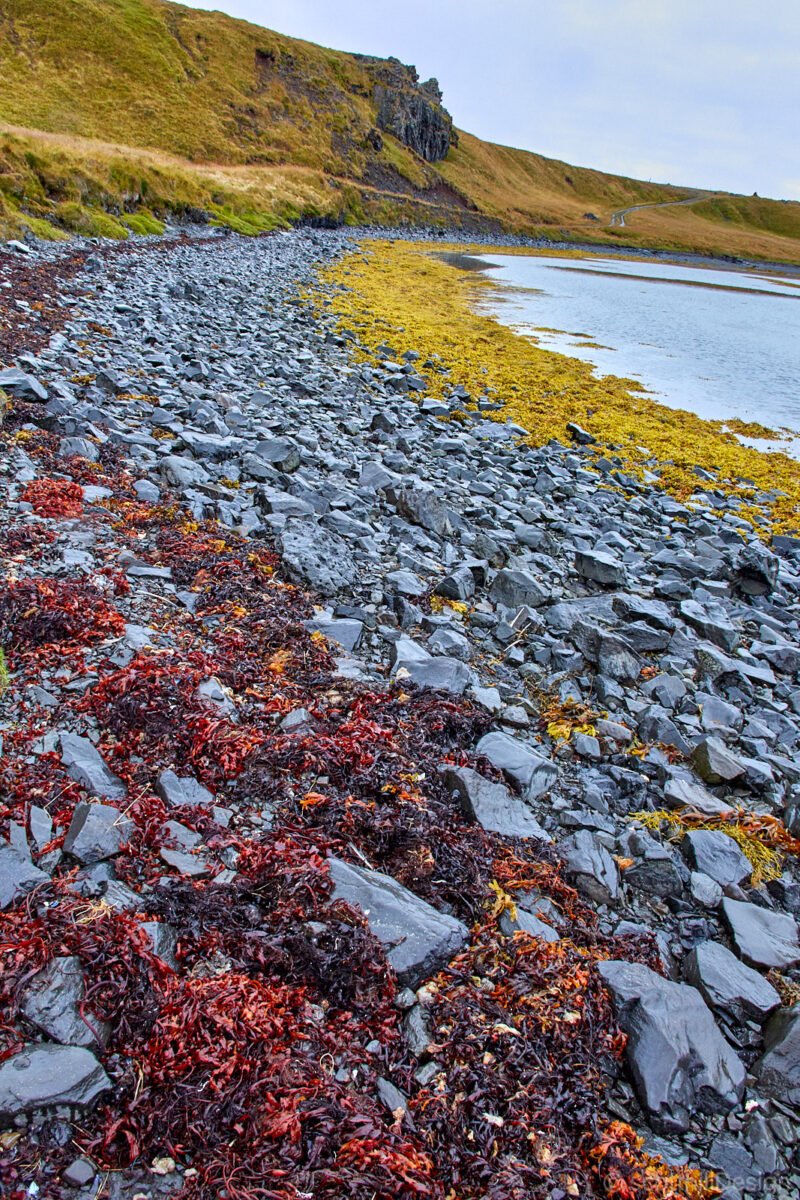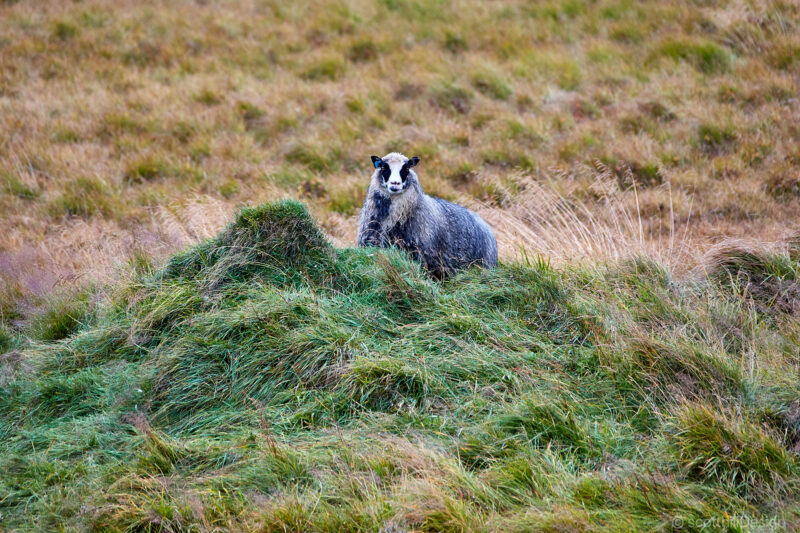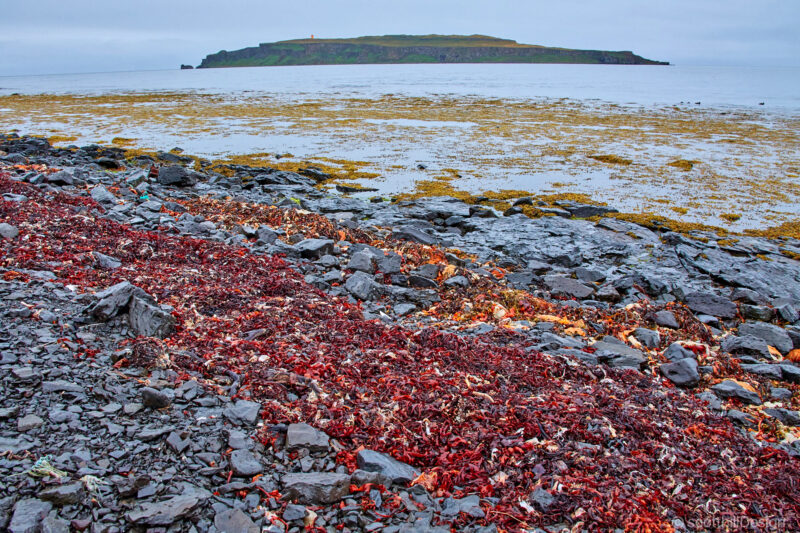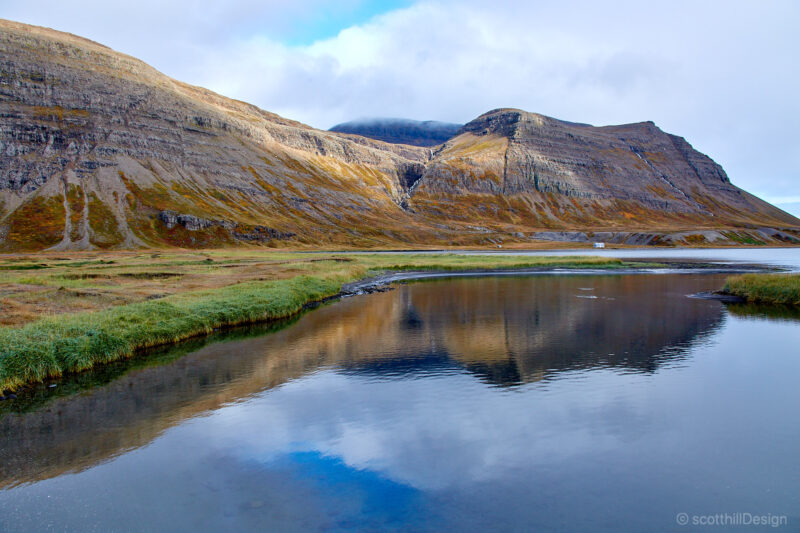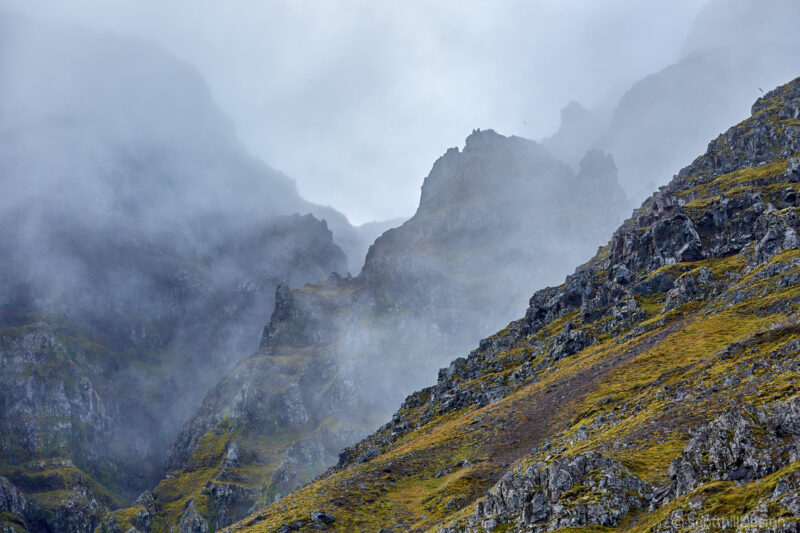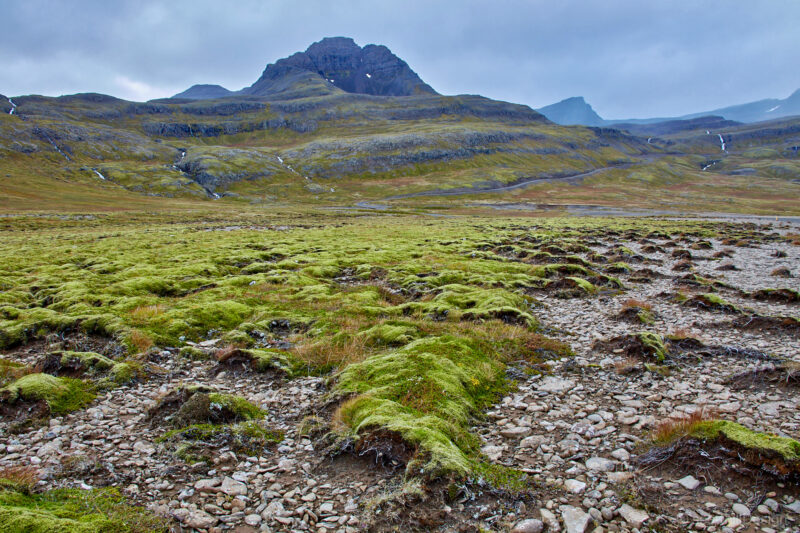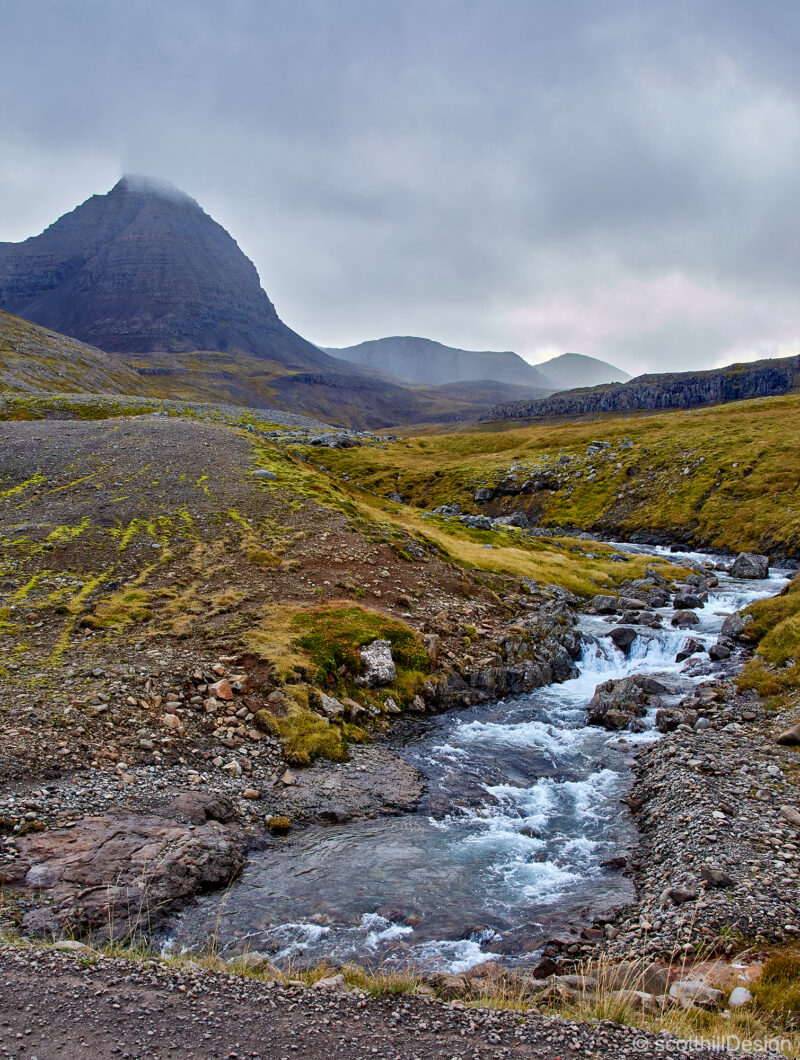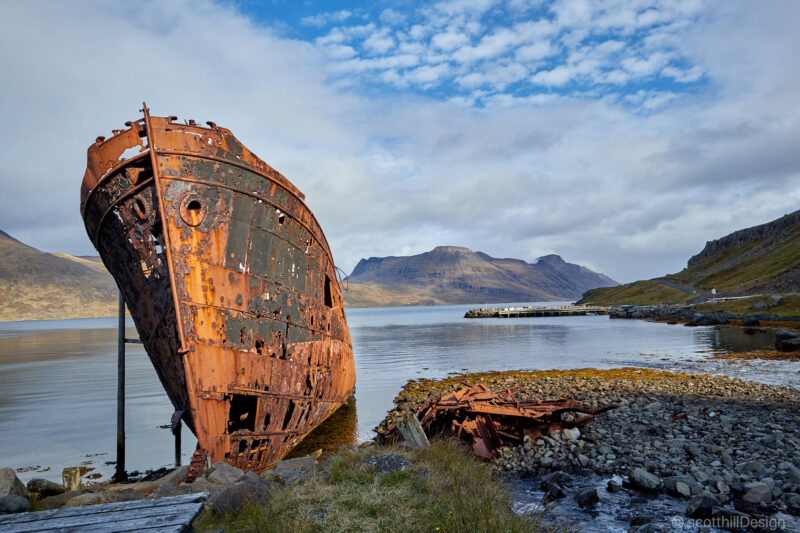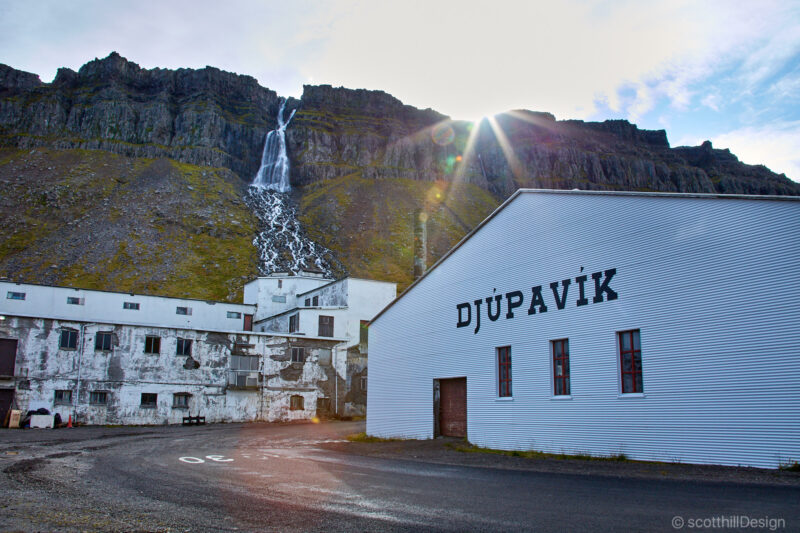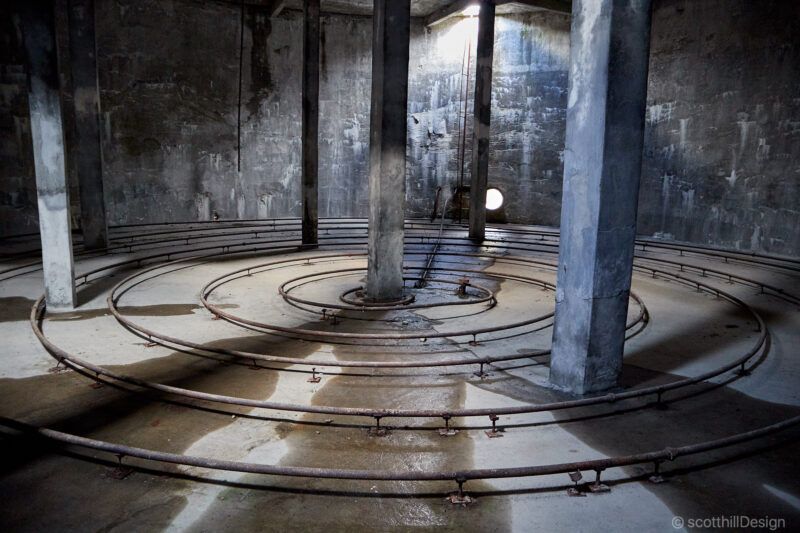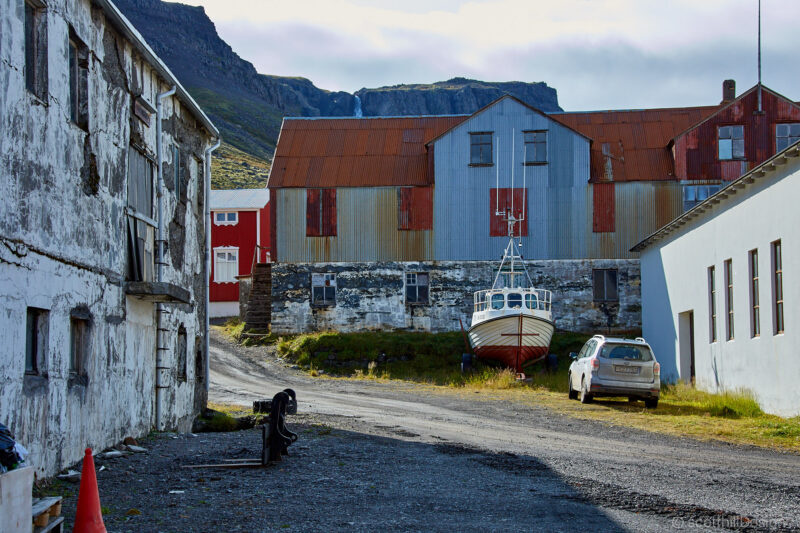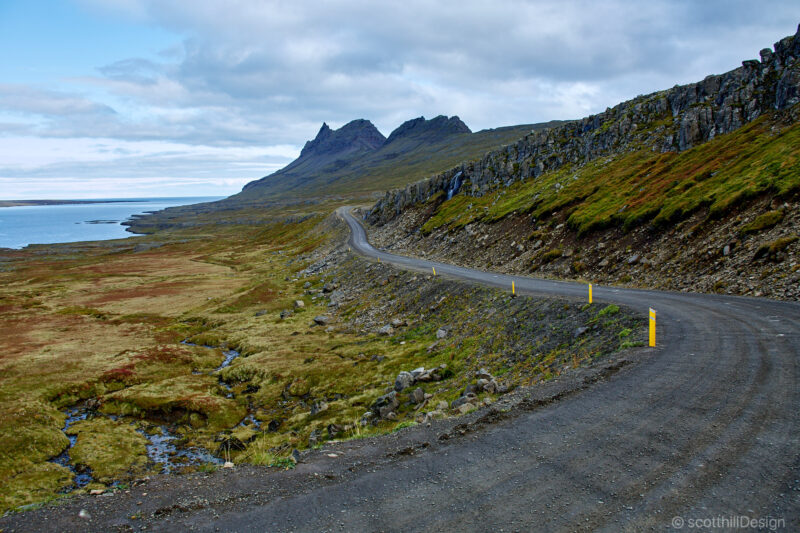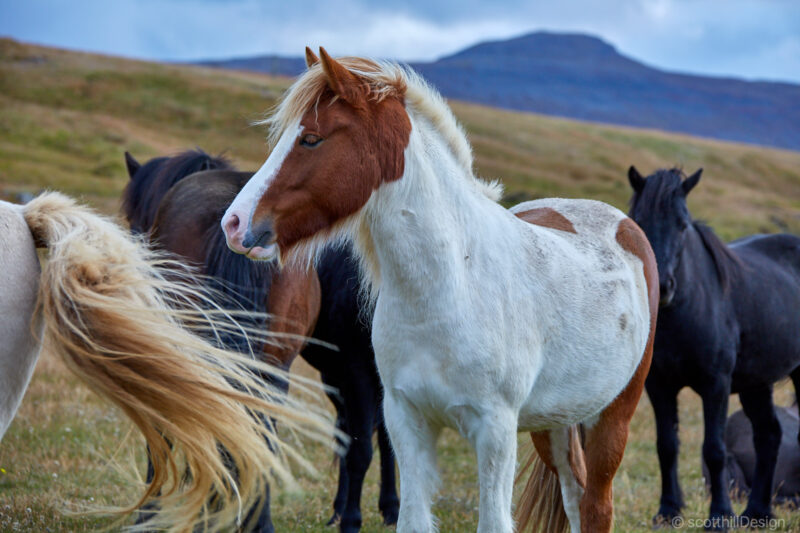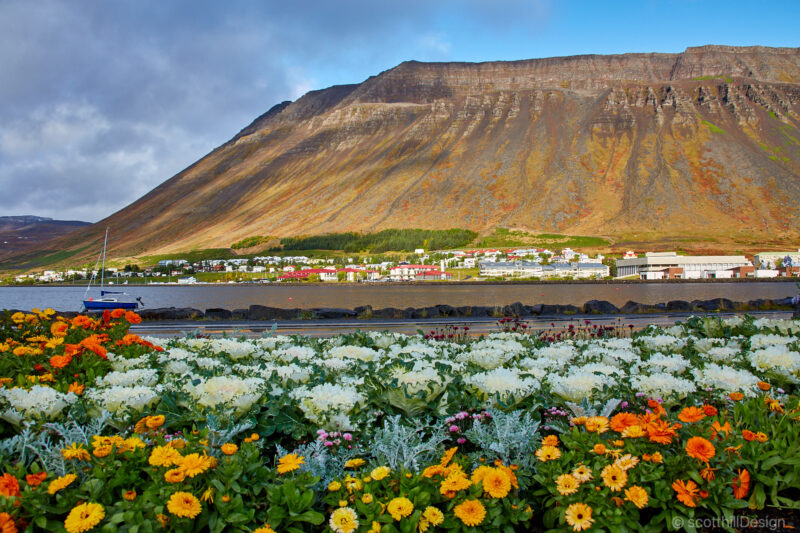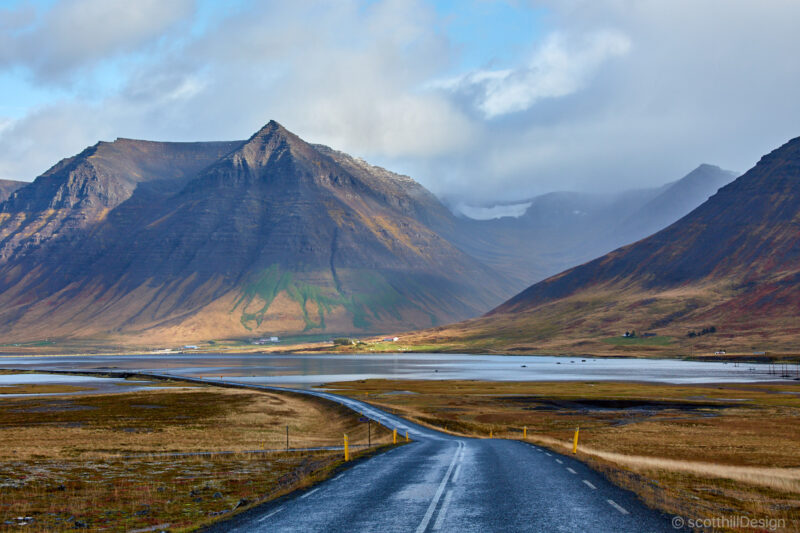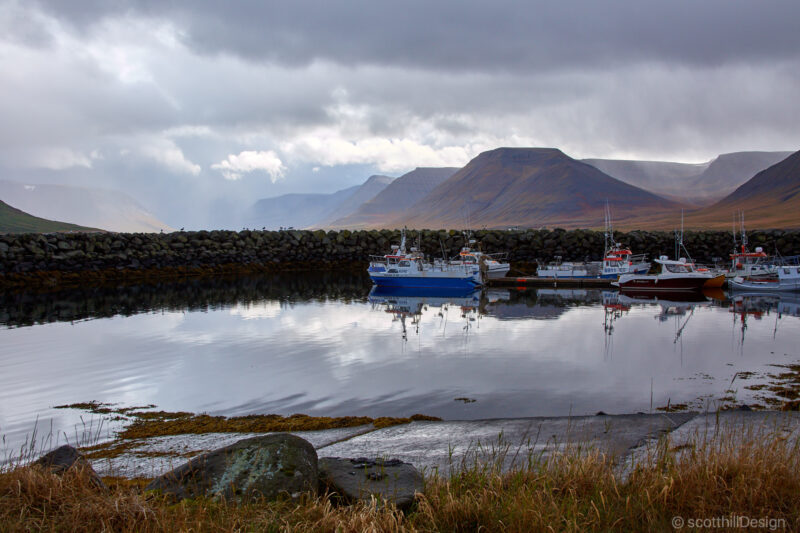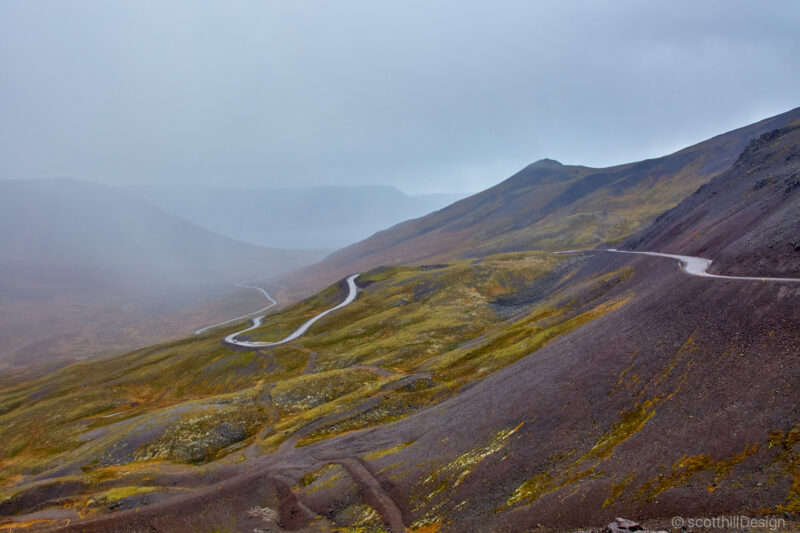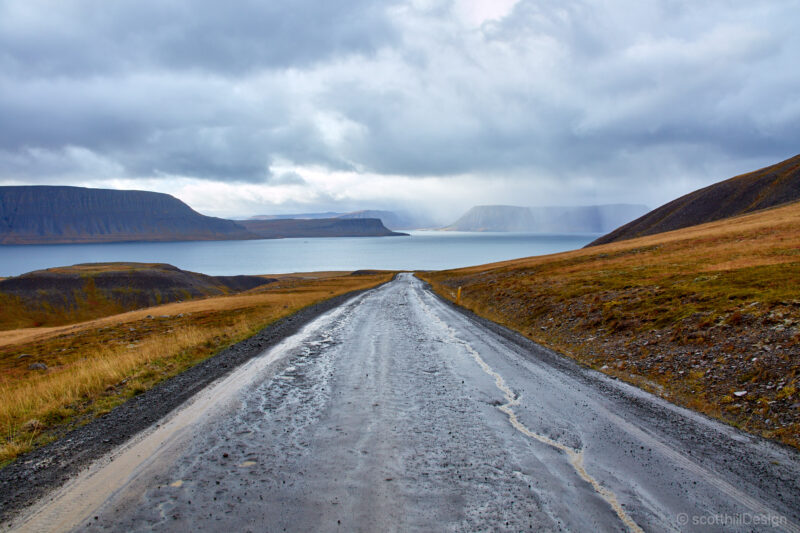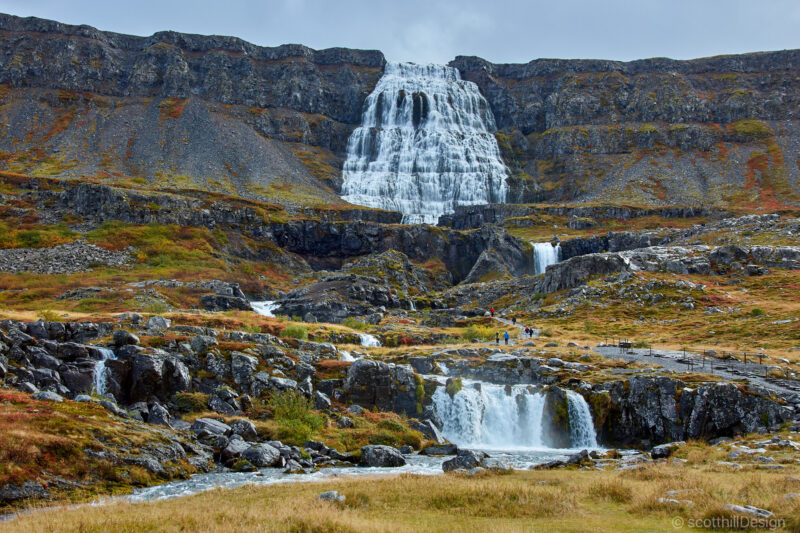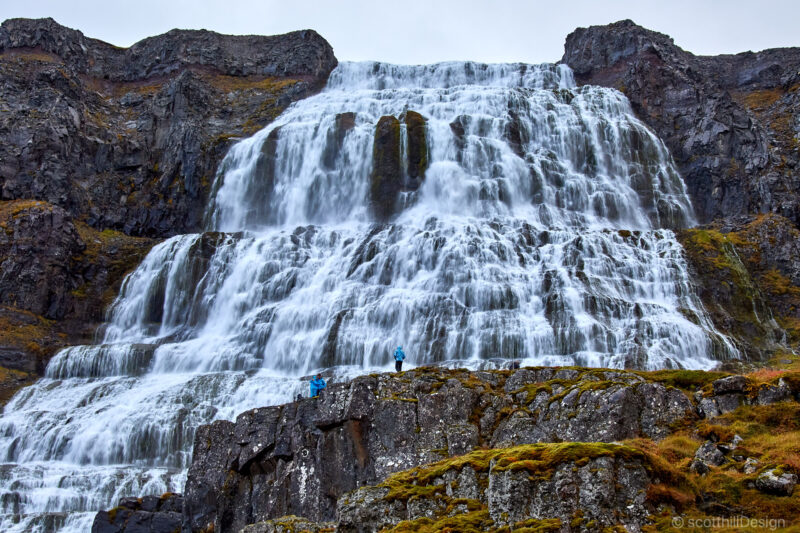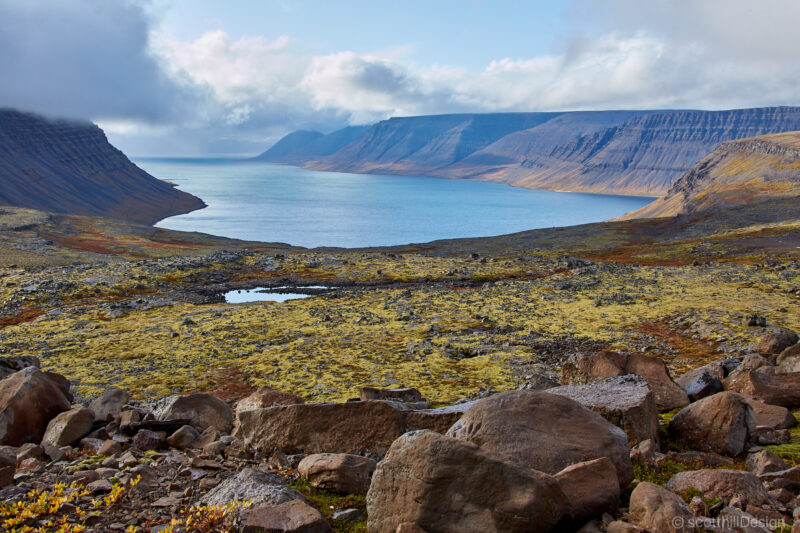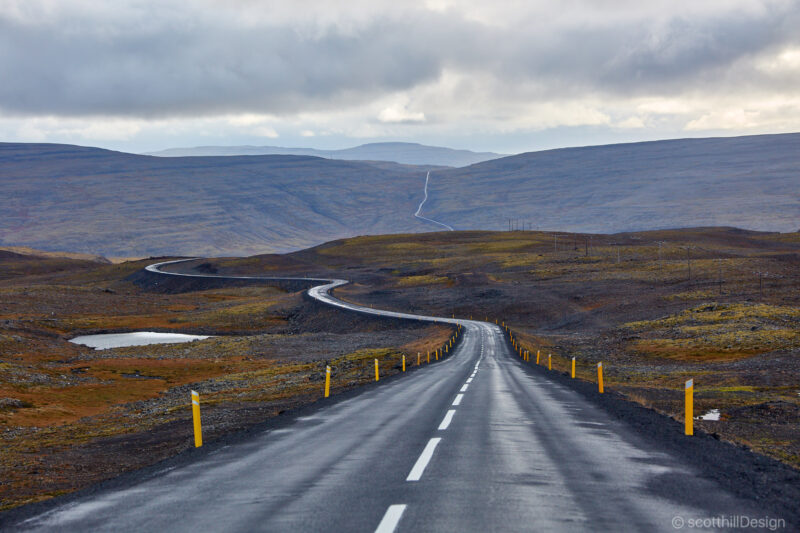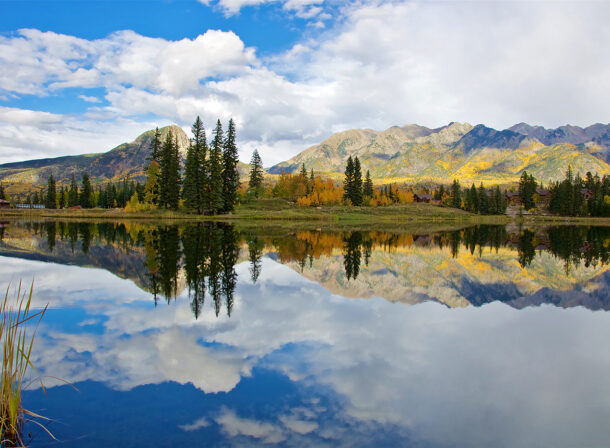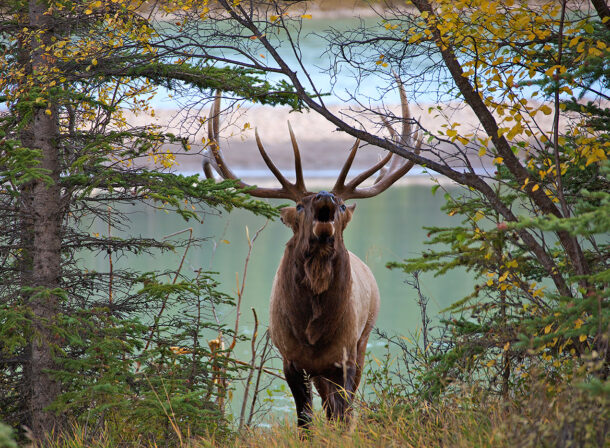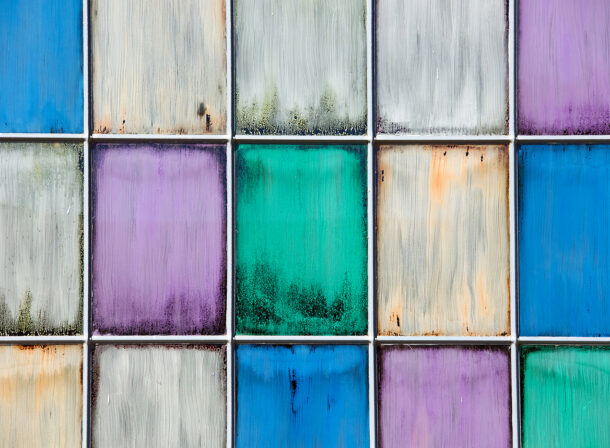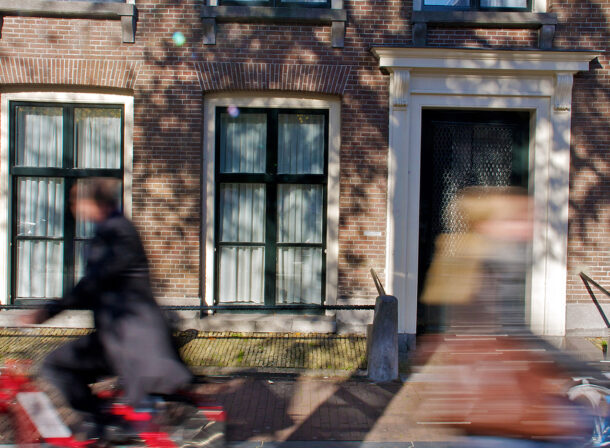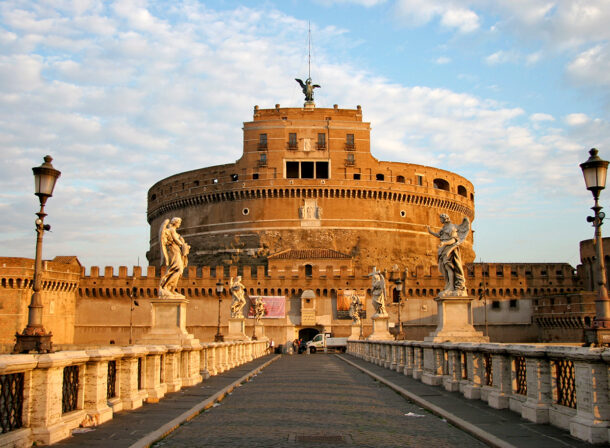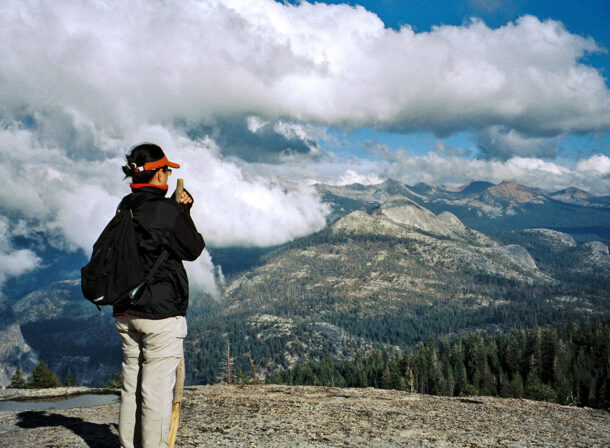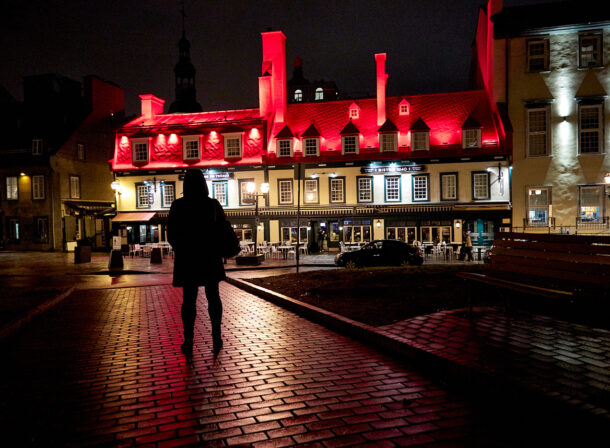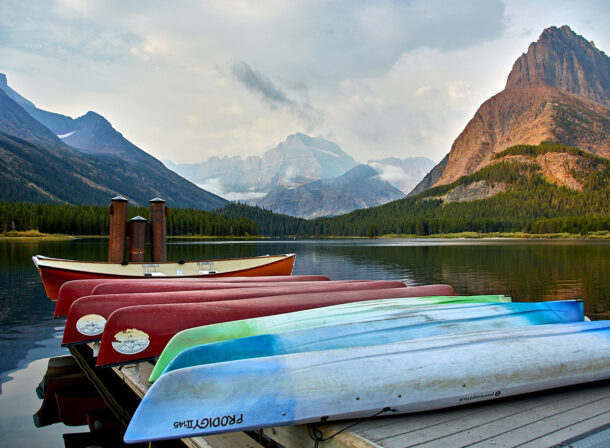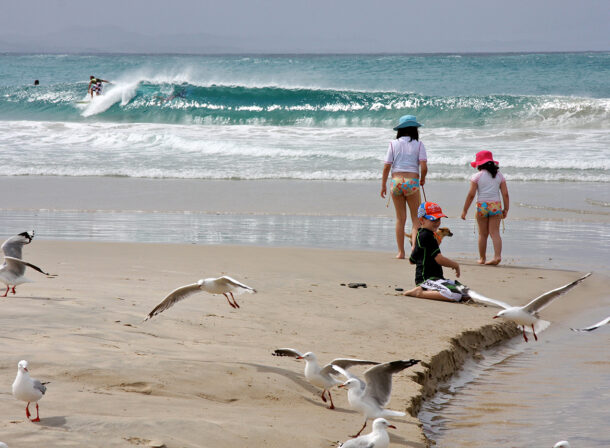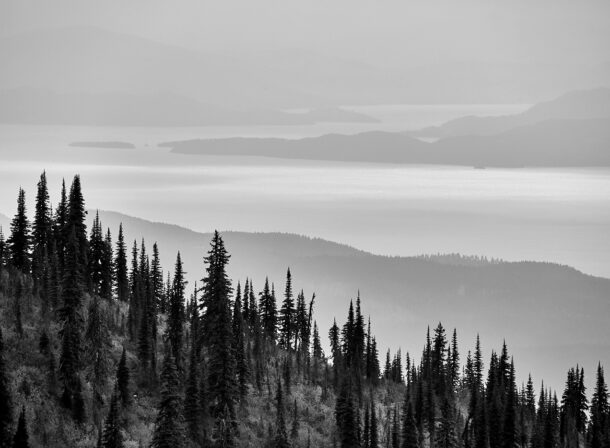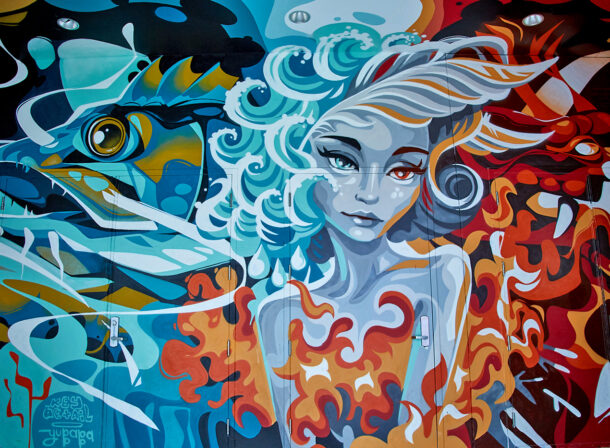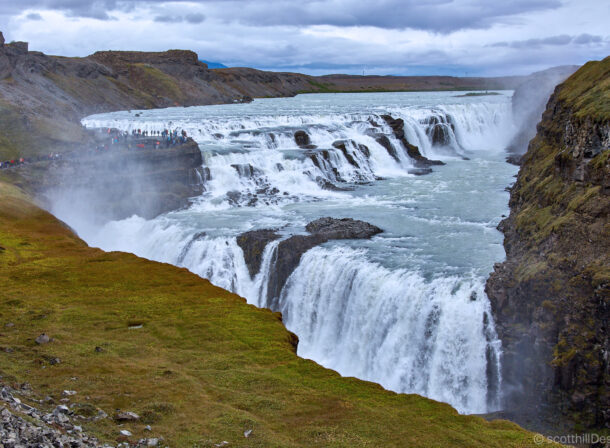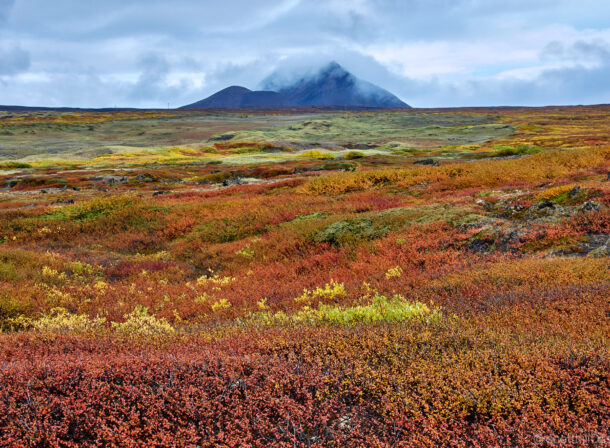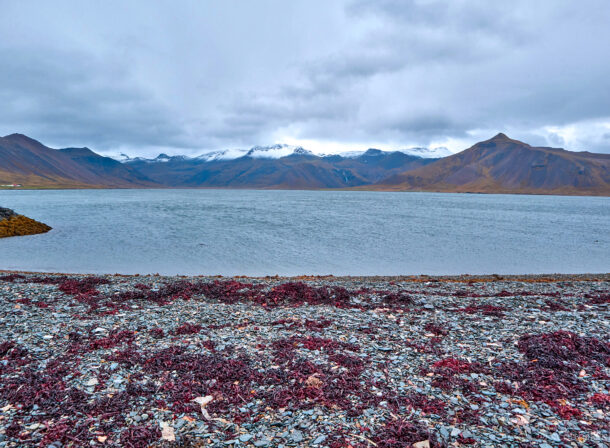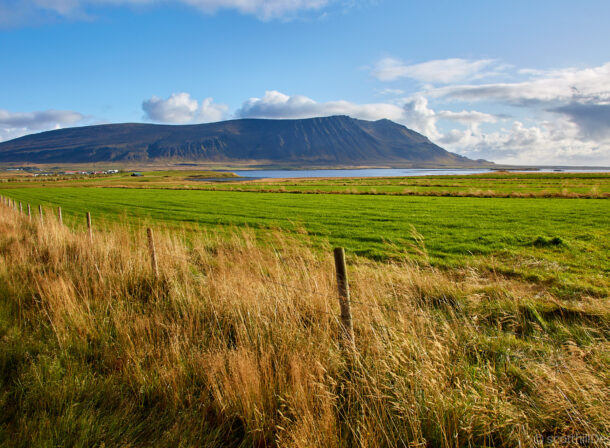Iceland
Iceland – North & Westfjords is part of this amazing Nordic island nation defined by its dramatic landscape with volcanoes, geysers, hot springs and lava fields. Massive glaciers are protected in Vatnajökull and Snæfellsjökull national parks. Most of the population lives in the capital, Reykjavik, which runs on geothermal power and is home to the National and Saga museums, tracing Iceland’s Viking history.
Iceland is typically divided into seven different geographical regions, including the Reykjavík capital area. Each region differs slightly with respect to both culture and landscape, but all are uniquely Icelandic. These 8 regions include: Capital Region, Southern Peninsula, West, Westfjords, Northwest, Northeast, East and South.
Iceland's North Region
The North Region is a land of contrasts with its long valleys and peninsulas interspersed with mountains, lava fields and smooth hills carved out by rivers. The rugged North coast can be lush with vegetation, or a barren lunar landscape. The Húsavík Whale Museum and the Seal Center in Hvammstangi are dedicated to marine life and preservation. Húsavík is also the whale watching capital of Iceland with the deep blue seas ahead.
The North's Diamond Circle has 5 key destinations which include the historical and picturesque Goðafoss, the unearthly landscapes of Lake Mývatn nature paradise, Dettifoss the most powerful waterfall of Europe, the crescent-shaped Ásbyrgi canyon, the Hverfjall volcano crater and Hverir Geothermal spot noted for its bubbling pools of mud & steaming fumaroles emitting sulfuric gas.
The North is home to Iceland's second largest urban area, Akureyri, located in Iceland's longest fjord, the mild-weathered Eyjafjörður. Akureyri, rich in culture and history, has a charming downtown full of late nineteenth century wooden houses. In summer, golfers can take advantage of the midnight sun at the Arctic Open. North Iceland is also home to many historic coastal towns.
The Troll Peninsula (Tröllaskagi) is mountainous with several peaks reaching over 1200m above sea level, some over 1400m, the tallest one is Kerling (1538m). It is the part of Iceland with the highest elevation outside the central highlands. It's filled with breathtaking scenery including Hvitserkur – also known as The Troll of the North, Grettislaug – a man-made pool build over hot springs, Kolugljúfur – and the Kolufossar waterfalls, Borgarvirki – is a stunning ridge of columnar basalt columns, and the Illugastaðir seal sanctuary.
Learn more about Iceland's Northern Region at Visit Iceland / North Iceland.
Iceland's Westfjords Region
The Westfjords Region is a large peninsula in northwestern Iceland and lies on the Denmark Strait, facing the east coast of Greenland. The Westfjords are very mountainous; the coastline is heavily indented by dozens of fjords surrounded by steep hills. These indentations make roads very circuitous and communications by land difficult. The cliffs at Látrabjarg comprise the longest bird cliff in the northern Atlantic Ocean and are at the westernmost point in Iceland. The Drangajökull glacier is located in the north of the peninsula and is the fifth-largest of the country, but the only glacier of the region.
The Hornstrandir Nature Reserve is a backpacker's paradise located in the Westfjords' northwestern corner. The remote, uninhabited peninsula is a haven for birds, plants, and Iceland's only native mammal, the Arctic fox.
Dynjandi is a waterfall located in Arnarfjörður in the Westfjords region of Iceland. It is the largest waterfall in the Westfjords and has a total height of 100 metres (33o ft). Below it are five other waterfalls: Háifoss, Úðafoss, Göngufoss, Hundafoss and Bæjarfoss.
Learn more about Iceland's Westfjords Region at Visit Iceland /The Westfjords.

